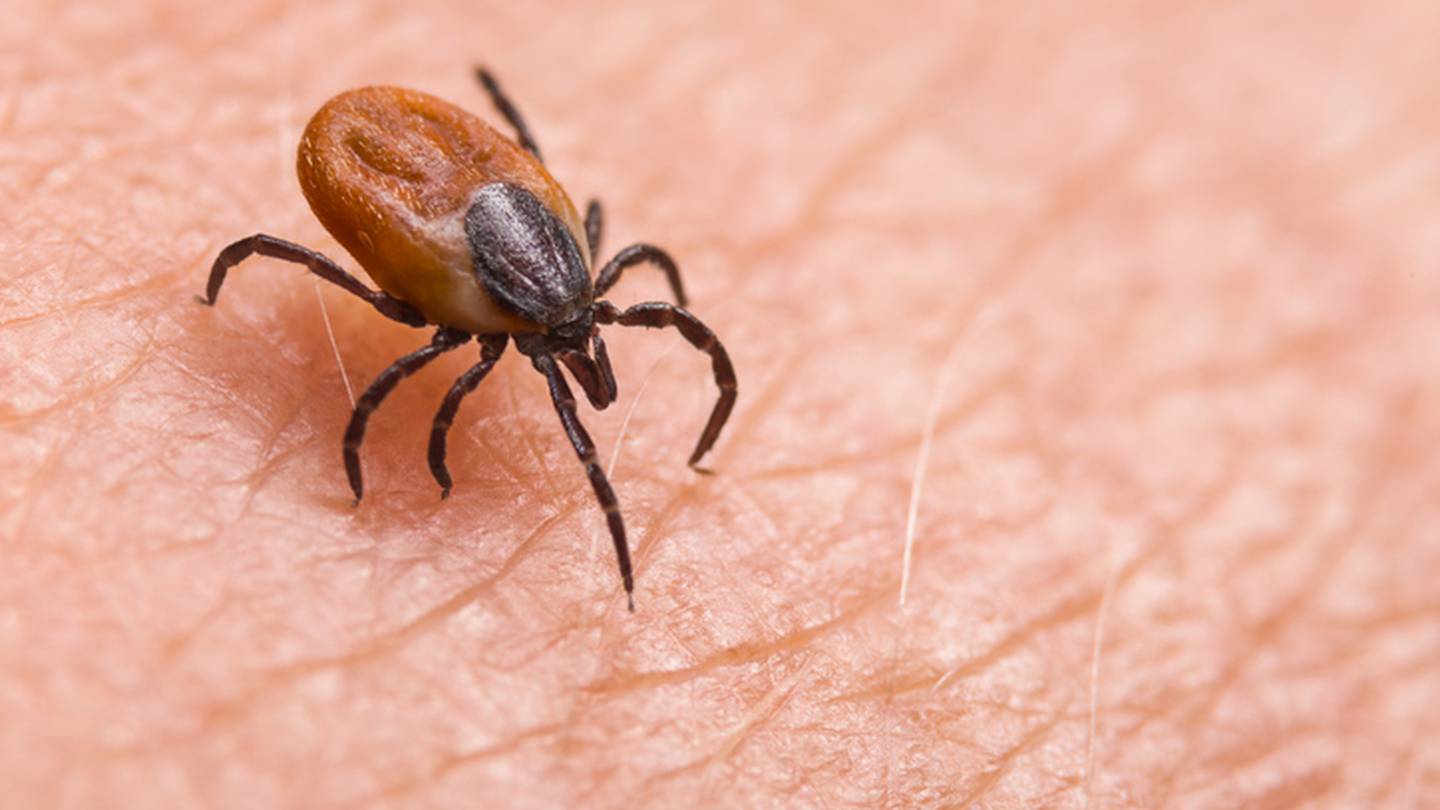The Powassan virus, named after the town of Powassan, Ontario, where it was first identified in 1958, is a rare but potentially serious viral infection.
This article aims to provide an in-depth understanding of the Powassan virus, its transmission, symptoms, diagnosis, treatment, and prevention strategies. We will also explore the impact of Powassan virus on public health, ongoing research, and future directions. So, let’s dive into the world of Powassan virus and equip ourselves with valuable knowledge about this emerging health concern.
Contents
Introduction
The Powassan virus belongs to the family Flaviviridae and is categorized within the genus Flavivirus. Similar to other flaviviruses, such as dengue and Zika, Powassan virus is primarily transmitted to humans through the bite of infected ticks. However, it is important to note that the Powassan virus is relatively rare compared to other tick-borne diseases, making it a lesser-known threat.
Transmission and Vector
Tick-borne transmission is the primary mode of Powassan virus infection. Certain species of ticks, including Ixodes cookei and Ixodes scapularis, commonly known as the black-legged or deer tick, serve as the primary vectors. These ticks acquire the virus by feeding on infected small mammals, such as rodents and squirrels, during their nymphal stage. Subsequently, if an infected tick bites a human, the virus can be transmitted, potentially leading to illness.
The geographic distribution of Powassan virus is currently limited to specific regions, particularly in North America, Russia, and parts of Europe. Within these regions, the prevalence of the virus varies, with certain areas reporting higher incidence rates.
Symptoms and Diagnosis
The symptoms of Powassan virus infection can range from mild to severe, with some cases leading to life-threatening complications. Common symptoms include fever, headache, vomiting, weakness, confusion, and in severe cases, seizures and encephalitis. It is crucial to seek medical attention if you experience any symptoms after a tick bite or potential exposure to ticks, especially in areas where Powassan virus is known to circulate.
Diagnosing Powassan virus infection can be challenging due to its similarity to other viral infections and the relatively low number of reported cases. However, laboratory tests, such as reverse transcription-polymerase chain reaction (RT-PCR) and serological assays, can aid in confirming the presence of the virus in the body.
Read More Powassan Virus First Death of 2023 Maine Officials Confirmed
Treatment and Prevention
Currently, there is no specific antiviral treatment available for Powassan virus infection. Medical care primarily focuses on managing the symptoms and providing supportive care. In severe cases, hospitalization may be necessary to ensure close monitoring and appropriate interventions.
Preventing Powassan virus infection revolves around minimizing exposure to ticks. This can be achieved by following preventive measures such as using insect repellents, wearing protective clothing, performing regular tick checks, and avoiding tick-infested areas. Additionally, prompt removal of attached ticks can reduce the risk of transmission.
Powassan Virus and Public Health
While Powassan virus infection is relatively rare, it poses a potential public health concern due to its severe manifestations. The virus has the potential to cause significant neurological damage and can be fatal in some cases. Therefore, public health authorities emphasize the importance of surveillance, tick control programs, and raising awareness among healthcare professionals and the general public.
Research and Future Directions
Given the limited understanding of Powassan virus, ongoing research efforts aim to fill the gaps in knowledge. Areas of focus include studying the epidemiology and geographic distribution of the virus, improving diagnostic techniques, exploring potential treatment options, and developing effective vaccines.
Conclusion
In conclusion, the Powassan virus is an emerging tick-borne viral infection that poses a potential threat to human health. Understanding the transmission, symptoms, diagnosis, treatment, and preventive measures is crucial in minimizing the risk of infection. Public health initiatives, continued research, and increased awareness are essential for effective management and control of the Powassan virus.
Frequently Asked Questions (FAQs)
- Can Powassan virus be transmitted from person to person?
- No, Powassan virus is primarily transmitted through the bite of infected ticks and does not spread from person to person.
- How can I protect myself from Powassan virus infection?
- To reduce the risk of Powassan virus infection, take preventive measures such as using insect repellents, wearing protective clothing, performing tick checks, and avoiding tick-infested areas.
- Are there any vaccines available for Powassan virus?
- Currently, there are no vaccines approved for preventing Powassan virus infection. Research is ongoing to develop effective vaccines against the virus.
- Is Powassan virus common worldwide?
- No, Powassan virus is primarily found in specific regions of North America, Russia, and parts of Europe. Its prevalence varies within these regions.
-
What should I do if I find a tick attached to my body?
- If you find a tick attached to your body, use fine-tipped tweezers to grasp it as close to the skin’s surface as possible and gently pull upward with steady pressure. Clean the bite area with antiseptic after tick removal.

